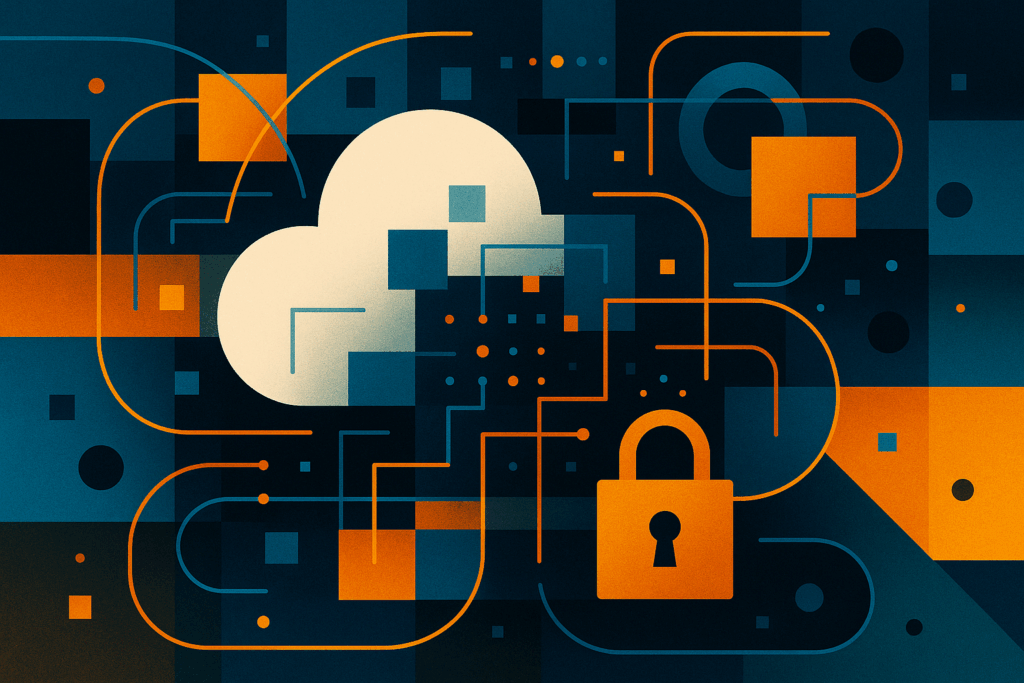Cloud computing’s agility has permanently reshaped enterprise IT, but it also exposes new layers of vulnerability. Modern organizations run thousands of workloads across AWS, Azure, and Google Cloud while orchestrating containers, microservices, and APIs that shift by the minute. Security teams face a paradox: every innovation that accelerates development also multiplies risk.
Agent-based protection once served as the foundation of visibility, but installing and maintaining agents across constantly changing environments is both time-consuming and disruptive. “Security teams are being asked to move faster while their attack surface expands, whether they like it or not,” said Gil Geron, co-founder and CEO of Orca Security. “They need efficiency and velocity to match the pace of innovation.”
The Agentless-First Approach
That tension drives interest in agentless security. Orca’s “agentless-first” model uses its patented SideScanning™ technology to gather telemetry directly from cloud providers through APIs instead of on-device software. The goal: full-environment visibility within minutes, no installation, no downtime.
This approach allows security teams to scan workloads and configurations continuously without slowing engineers who are deploying new features. It also reduces blind spots in hybrid environments where not every asset can host an agent. Orca’s system functions as a Cloud Native Application Protection Platform (CNAPP), unifying cloud posture management, workload protection, identity oversight, and data-security posture.
Context as the New Currency
The greatest challenge in cloud defense isn’t collecting data—it’s connecting it. Orca’s platform prioritizes contextual relationships: linking an internet-exposed workload with its permissions and the data it touches. A single misconfiguration only becomes urgent when it connects to sensitive information or privileged credentials.
Geron describes this as the difference between information and insight. “Every piece of data we collect, we correlate and link to create understanding,” he said. “Context is what turns a question like ‘Do I have any buckets exposed to the internet that store credit cards?’ into an actionable answer.”
By correlating assets, vulnerabilities, and identity structures, the platform produces visual narratives of risk rather than lists of isolated alerts. For resource-stretched teams, that shift from noise to meaning helps focus remediation where it matters most.
Aligning Security and Innovation
Geron argues that modern security isn’t about slowing innovation—it’s about enabling it safely. He points to a growing alignment between security and engineering teams: “For the first time, adopting new technology can make you more secure. Using pipelines and automation actually reduces production issues because we can scan them before deployment.”
This philosophy contrasts with the historical dynamic where security acted as a brake on progress. By automating scanning within CI/CD pipelines, Orca and similar tools let teams deploy faster while maintaining oversight. The net effect is not just reduced friction but cultural change: security becomes a collaborator, not an obstacle.
Balancing Simplicity and Depth
Agentless platforms do face limits. They depend on cloud-provider telemetry, which can’t always capture deep runtime behavior. Many organizations combine agentless visibility with selective agents for specialized analysis. But the appeal of simplicity remains powerful. As Geron noted, “People are tired of having more and more tools. They want solutions that work for them, not ones they have to work for.”
That consolidation trend reflects the broader CNAPP movement identified by Gartner and IDC, both of which forecast rapid adoption of integrated cloud-security suites. Enterprises are shifting from tool accumulation toward unified systems that emphasize correlation and automation over manual investigation.
Toward Intelligent Cloud Defense
The industry’s trajectory points toward intelligent, context-aware defense. Platforms like Orca’s don’t eliminate human expertise—they augment it. Geron sees parallels in how AI reshapes security roles: “It doesn’t replace junior analysts; it makes them more productive and accurate.” By surfacing relevant insights, AI acts as a co-pilot that elevates human judgment rather than supplanting it.
Ultimately, Orca’s evolution embodies a larger change in mindset. Cloud security is becoming less about point-in-time inspection and more about continuous understanding. In a landscape where visibility gaps can appear in seconds, the ability to correlate, contextualize, and collaborate may prove the most valuable protection of all.


